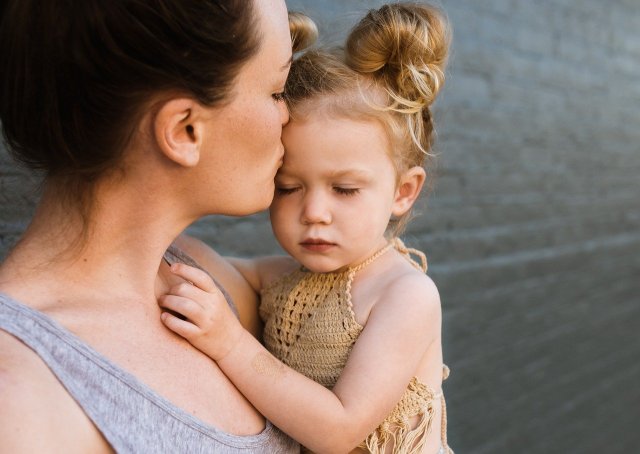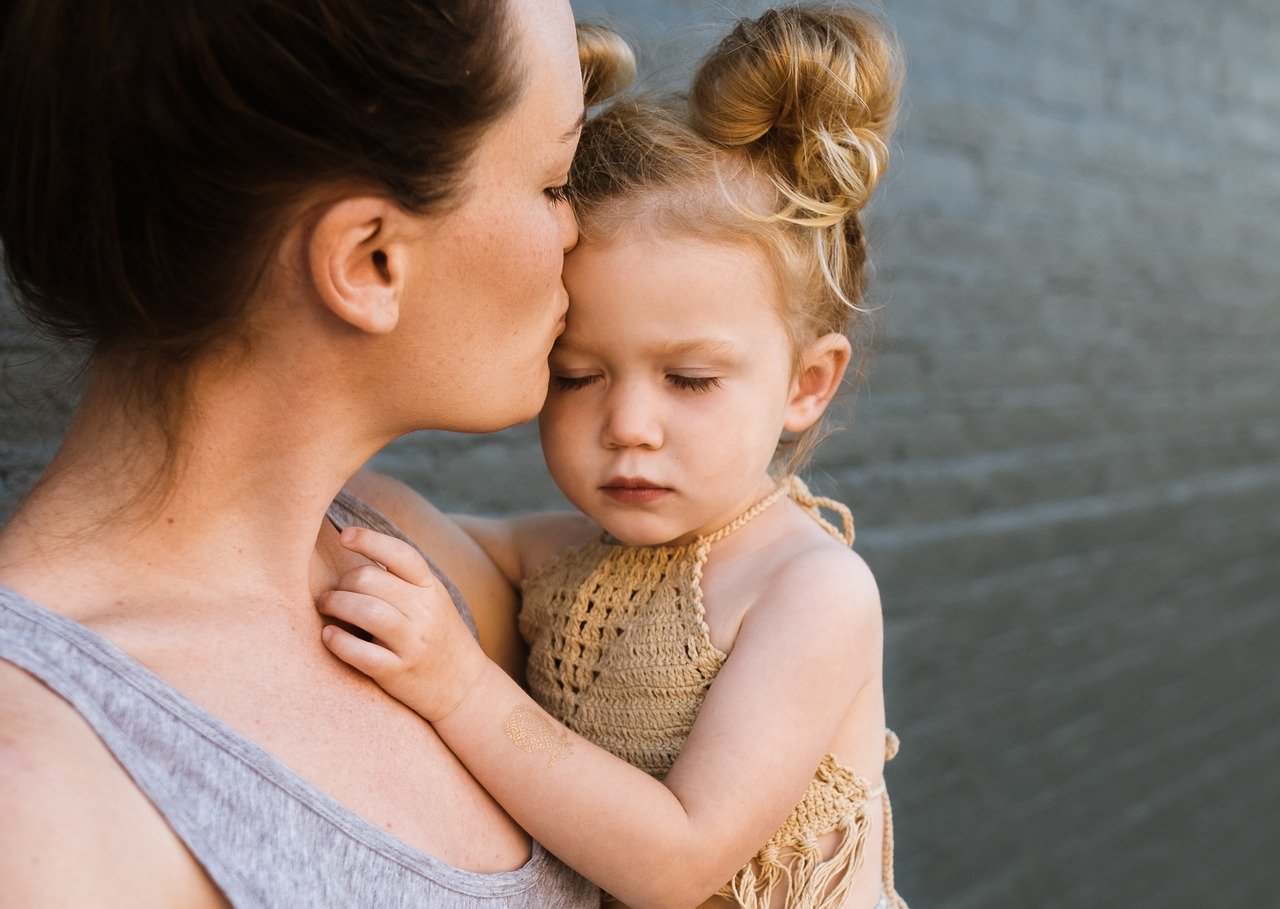
What an unprecedented time we are experiencing with the rapid emergence of COVID-19. With entire school districts closed, parents are faced with the task of covering several weeks’ worth of education. Many families are scurrying for last-minute ideas on how to “home” school and dreading the mission.
Don’t panic. Working with your children at home can be easier and more enjoyable than you think. Instead of letting fear control your next move, use this time as an opportunity to get to know your child on a deeper level than ever before. Enjoy it. Savor it. It may never happen again.
Here are my top 5 ways to engage with your child while working on education at home:
1. Become a student of your child. As parents we are in a constant state of decision-making for our kids. We decide what they eat, who they play with, where they go to school and when they go to bed. While working with your kids at home this week, change this perspective. Shift your mindset from being the authority to being a student in your child’s world. Be a “fly on the wall”, silently observing their behavior to uncover little characteristics you never knew were there. Try to get inside of their brains to understand the thought process behind their decisions and behavior. With this approach, you are sure to unveil delightful vignettes and characteristics that make your child unique. Now is the time to indulge in them and let them inspire you in this new role.
2. Look into their eyes. How often do you look deep into your child’s eyes? Busy parents are often doing two things at once or talking to our kids from a different room. Rarely do we have an opportunity to sit face-to-face with them to fully engage. Try being more intentional with your body language and eye contact. Sit directly across from your child. Square your shoulders. Look deep into their eyes as you communicate or respond to their commentary. Smile when you speak to them. Be sure to recognize the glimmer in their eye as a response to your full attention or the subtle enchanting shift in their demeanor. Don’t forget that our eyes are the windows to our souls. Use this point of view to connect with your child.
3. Practice or review foundational skills. Don’t feel responsible for teaching your child the same things they would be learning in school at this time. You don’t necessarily have to advance their skills every day. Becoming more efficient with the basics is just as valuable and can be way more fun. Plus, working on things that are fairly easy for children will build their confidence and reignite their joy of learning. If your child is working on multiplication, practice addition. The faster your child is with addition, the quicker they will be with multiplication. Use a stopwatch or timer to see how many addition facts they can answer in 1 minute. I always recommend a sand timer or hourglass so they can see the time passing. See if they can beat their time or increase the correct answers from day to day. They’ll love it! If your child is not quite ready for addition, download this free e-Book on how to teach your child addition. Hint: It is easier than you think! If your child is working on basic reading skills, go back to letter sounds. The better they know the letter sounds, the easier it will be to read simple words. Have your child make a simple set of flashcards that includes all lower- and upper-case letters.Use the same timer method and watch their excitement soar. This approach is simple for you and fun for them! For additional reading and letter sounds practice, click here for an easy-to-read e-Book.
4. Do science projects to cover every subject. With older kids, I love doing a big project because it keeps them engaged, encourages the use of many skills and spans the breadth of many subjects. Studying dinosaurs or the solar system is always a popular unit. Or have your child choose a topic of interest to him/her. Have the kids read a book or do some research. Then encourage them to express their findings in a variety of hands-on ways. They can write a report, create their own math story-problems, make a clay model or paint a canvas to represent the study, write a poem or even bake a cake into the shape of the solar system or dinosaur. An approach like this can easily last a week and keeps the kids creative and in charge of their own learning!
5. Working with multiples. Do you have two or more children at home? Put the older ones in charge of teaching something to the younger ones. They can create their own lesson plan and prep all the materials necessary. You can even put the younger ones in charge of something like preparing or serving lunch to the older ones. This will help spread the responsibility throughout the whole family. You don’t have to do it all alone!
When all else fails, abort the mission and go for a walk. Explore the woods in a nearby park, hit a trail or simply walk around the block in search of the first signs of spring. Nature is the healthiest place right now and a breath of fresh air will boost your spirits and your health. Just remember to find ways to enjoy this unusual time together as a family!
For additional academic resources and support, join the @grasshopperacademics on Instagram to ask me your questions and follow along as I share lesson plan ideas, educational games, and other tips and tricks in the coming weeks.

















